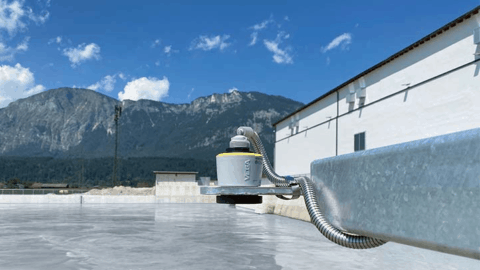Stakeholders in utilities require the most up-to-date site information throughout their assets’ life cycles, allowing them to make informed decisions. With reality modelling technologies and solutions, utilities’ owner-operators can monitor onsite asset conditions while reducing costs, saving time, and lowering risks of injuries to workers.
Reality modelling is the process of capturing existing site conditions using photographs and point clouds to create high-fidelity, geo-referenced, 3D models. Assets can be easily documented and 3D-registered infrastructure can be linked to operations and engineering data. These capabilities enable the creation of a digital twin; a digital, up-to-date representation of a physical asset. This digital twin can be easily shared and streamed in other software applications to help develop optimal and dependable maintenance and inspection plans and, therefore, minimise operating risks and unplanned downtime and increase efficiency.
All involved parties — from remotely located stakeholders, to engineers in the office, to workers in the field — can be connected and assist in the asset design, construction, operation, and inspection workflows.
Reality modelling enables users to design in digital context. This means they are able to:
- Understand existing conditions
- Save design time and shorten project schedules
- Carry out construction simulations to evaluate potential impacts
- Uncover financial implications early
- Optimize information sharing
- Improve collaborative design workflow
Reality modelling offers continuous survey capabilities during construction. This can:
- Ease collaboration between stakeholders
- Give accurate global perspectives of the job site
- Provide up-to-date construction documentation
- Allow the calculation of cut/fill quantities as often as necessary
- Improve safety
- Lower cost of as-built survey
Reality modelling helps utilities optimise maintenance and service. This can:
- Ensure workers have access to real-world digital context of their assets
- Improve safety
- Ease collaboration between stakeholders
- Lower cost of asset inspection
- Develop more repeatable inspection processes
- Provide easier access to hard-to-inspect locations
Check out how reality modelling has been used in the following utility projects.
3D Design and Modelling of PG&E Brownfield Substations Streamlines Electrical Grid
HEEC Implements BIM Process to Deliver 220kV Indoor Substation in Congested Wuhan City
ContextCapture Reality Mesh Optimizes Hubei Wind Farm Site Scheme
For more on reality modelling and how it can be used in digital engineering workflows, you can visit the Bentley Systems booth (#6) at Digital Utilities 2019 in Melbourne.
If you would like to stay informed of any upcoming Reality Modelling events or workshops organised by Bentley Systems, please register your details here.
Image courtesy of Enedis.

















